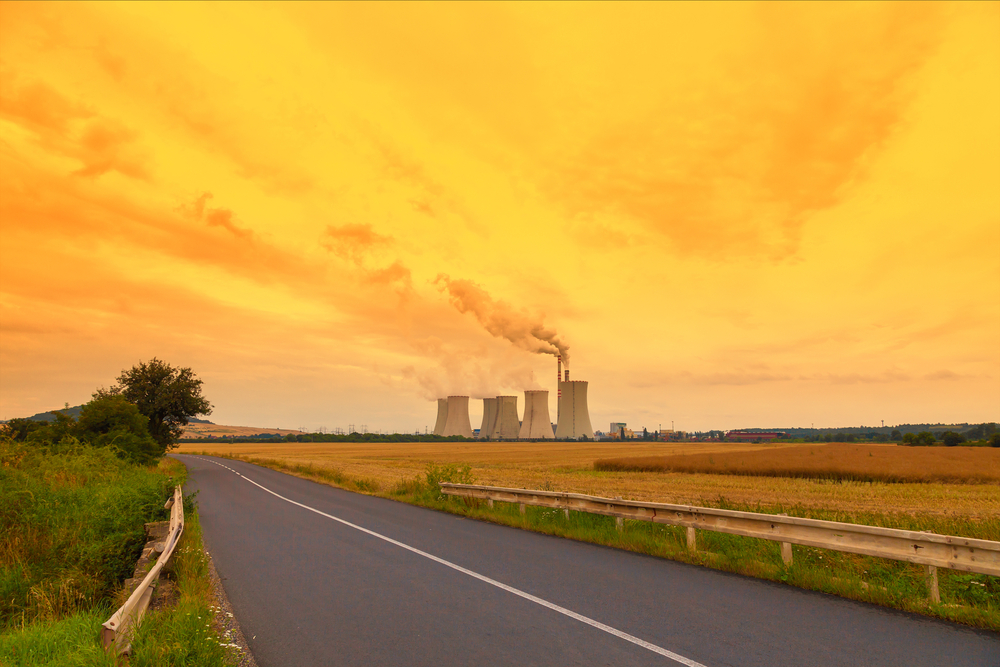Meeting Japan’s Ambitious Nuclear Power Goals

Please note that we are not authorised to provide any investment advice. The content on this page is for information purposes only.
Five years after the 11 March 2011 Fukushima accident, which put Japan’s nuclear power industry under intense scrutiny, official policy is still a shambles. In June 2011, the then prime minister Naoto Kan announced that Japan was phasing out nuclear power in the long run only to backtrack a few days later. Current Prime Minster Shinzo Abe announced a restart of all reactors within three years in his 2013 New Year’s Address.
Five years after the 11 March 2011 Fukushima accident, which put Japan’s nuclear power industry under intense scrutiny, official policy is still a shambles. In June 2011, the then prime minister Naoto Kan announced that Japan was phasing out nuclear power in the long run only to backtrack a few days later. Current Prime Minster Shinzo Abe announced a restart of all reactors within three years in his 2013 New Year’s Address. However, after prolonged energy policy deliberations a new Basic Energy Plan published in 2014 still failed, for the first time ever, to include numerical targets for Japan’s future energy mix.
Numerical targets were included in the Energy Mix 2030 document published in 2015, which sees nuclear power making up 20–22 percent of overall electricity generation by 2030. This marks a significant reduction compared to the roughly 50 percent planned for 2030 in the Basic Energy Plan published in 2010. Still, it might be an overly ambitious goal considering that only three reactors are currently in operation. So what are the chances that this goal will be successfully implemented?
Finding the answer requires examining another development in the aftermath of the triple disaster: the reform of Japan’s nuclear safety oversight regime. Attempts to improve regulatory oversight culminated in the creation of the Nuclear Regulation Authority (NRA) in September 2012. The NRA published new safety requirements in July 2013 and began undertaking safety reviews of reactors as a prerequisite for restarts. When applying for a review of nuclear reactors, utilities have to make considerable investments to meet the new safety requirements, including installing fire-resistant cables, building sea walls and constructing filter vents.
The new requirements are therefore affecting the viability of nuclear power as a profitable business model. To date, the NRA has received safety review applications for a total of 25 out of the 43 existing commercial reactors. A poll conducted by Asahi Shimbun among utilities currently updating their reactors showed that the costs of upgrading equipment to meet the NRA’s requirements are rising. In January 2013, 10 operators estimated that they would be spending a total of 1 trillion yen (about US$8.9 billion). That figure rose to 1.6 trillion yen (US$14.2 billion) by January 2014 and to 2.4 trillion yen (US$21.3 billion) by July 2015. That is not including the costs associated with implementing anti-terrorism measures, which the NRA requires operators to meet by 2018. Operating nuclear power plants has become an increasingly costly business.
A look at the reactors that have submitted safety review applications reveal that the future profitability of the plant is a major consideration for operators. There is a clear trend toward submitting applications for younger reactors with a large generation capacity — in other words, those that exhibit the highest chance of generating enough profit in the future to make the necessary investments worthwhile.
It is questionable whether the same utilities will submit safety review applications for older and generally smaller reactors, which require more updates and have a shorter remaining life span. It is also unlikely that review applications will be submitted for the four reactors at Fukushima Daini as it lies within the 20 kilometre exclusion zone around the Fukushima Daiichi plant.
If Japan is to meet its goal of generating 20–22 percent of its power through nuclear energy by 2030 it needs to reopen 30 reactors. So far, only 25 reactor review applications have been submitted to the NRA. In terms of power generation capacity, the 25 reactors currently under review amount to about half of the installed capacity available prior to the Fukushima accident.
Before the triple disaster, nuclear covered 29 percent of Japan’s electricity demand. Assuming a stable electricity demand, the reactors under review could provide close to 15 percent of Japan’s electricity demand by 2030. But even this is not certain. Most of these 25 nuclear reactors need to pass not only the initial safety review but also a later lifespan extension review, which would allow them to run into the 2030s. Japan’s ability to reach its nuclear energy generation targets seems far from certain.
An unnamed source in the Cabinet Office told a Japanese journalist that the 20–22 percent nuclear power goal for 2030 serves the sole purpose of showing that the Abe government will continue to promote nuclear power — the specific targets are by no means fixed. Five years after the Fukushima accident, and three years after Prime Minister Abe announced a restart of all reactors, Japanese nuclear power policy is still in a state of disarray.
Japan’s nuclear power plans don’t add up is republished with permission from East Asia Forum




